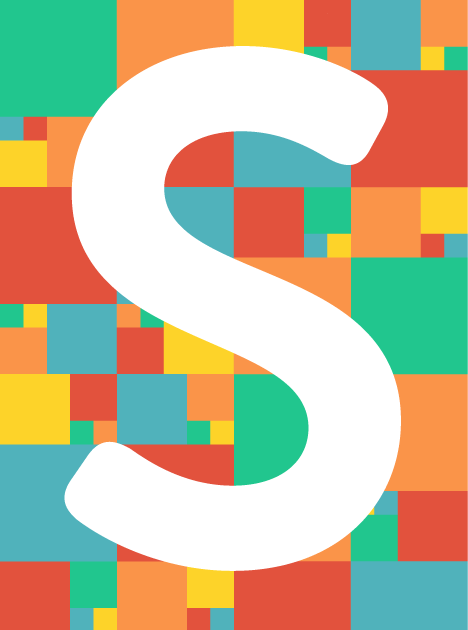What is your organization? And what is your role?
Simply Secure is a design nonprofit based in New York and Berlin. Our work focuses on building technology that centers the needs of vulnerable populations. We work with practitioners to expand their skill set around human-centered design while focusing on user safety and privacy. We share our tools and resources openly for the community to learn from and continue to adapt. I am our Program Manager, which means that I help with program operations and management, but also work with our projects and partners on their usability and design challenges.
How large is your team? Who else is working on the project (full-time, part-time, etc.)? How often do you connect and via what channels?
Our core team consists of four people, and we have a network of people helping us with various aspects of our work shout-out to the amazing Sans Souci Group for providing on-demand ops support!). My colleagues Georgia, Molly and Ame all have a background in design and many years of experience in both the non-profit and corporate sector, as well as in academia. We are a remote team with an office in Berlin, where three of us show up most days. We connect daily either via Slack or video chat, and we really value our collaborative and yet independent style of working together!
Why do you think it’s valuable to engage with users?
Tools that don’t work for their users don’t work. Engaging with users is a crucial part of user research, which is the first step to building tools that work for people.
What is the best way for users/trainers/tool teams to connect with your team?
We can always be reached at [email protected], but the best way to connect with us is to join our community of over 400 people interested in the intersection between design, security, open source, and human rights. Join our Slack.
How has your team previously worked to incorporate feedback into the design or development process?
We think feedback can be incorporated in a variety of ways, from having a designated user researcher on the team to systematically writing up UX bug reports. The biggest challenge is to ensure that there are existing structures to incorporate feedback gathered from trainings and elsewhere. We have seen many teams, especially teams working in FOSS (Free and Open-Source Software), where there is no pipeline for user feedback. Moreover, many structures only allow for passive feedback gathering (in the form of issue trackers and incoming mail); very few teams implement active feedback gathering (user interviews, observation, testing), which often leads to more insights and better recommendations.
What role do trainers play in the feedback loop? How do you view trainers?
Trainers are in the rare position of being close to users in high-risk contexts, in a way that tool developers often are not. More than that, they frequently witness first-time use of a tool, and can provide first-hand information on usability. This makes their insights extremely valuable! What I also really appreciate is that trainers are leaders in awareness- and capacity-building, and teach people skills rather than workflows. This has the potential to empower people in unknown and unsafe situations, where they can’t necessarily rely on a tool and have to take a more holistic approach. Needless to say: it’s a really hard but important job, and I’m humbled to know so many awesome and dedicated people working as trainers in our field!
Has your team ever created or used personas to inform design or development?
Oh yes! We love personas, and have written about them here and here. We think they are a crucial part of understanding who you are building your technology for. And we put them up everywhere to remind ourselves of why we are doing our work.
What are the future plans for your team?
We are thinking hard about scaling our impact and increasing the sustainability of our space overall. One thing we want to do is experiment with different formats to share our work. As a start, we are making educational videos and hosting monthly community calls about topics in our Knowledge Base. We are also working with funders to make sure usability work is an integral part of the funding process.
Q&A with Simply Secure
By Eileen Wagner, Simply Secure
September 26, 2019

Simply Secure Logo


